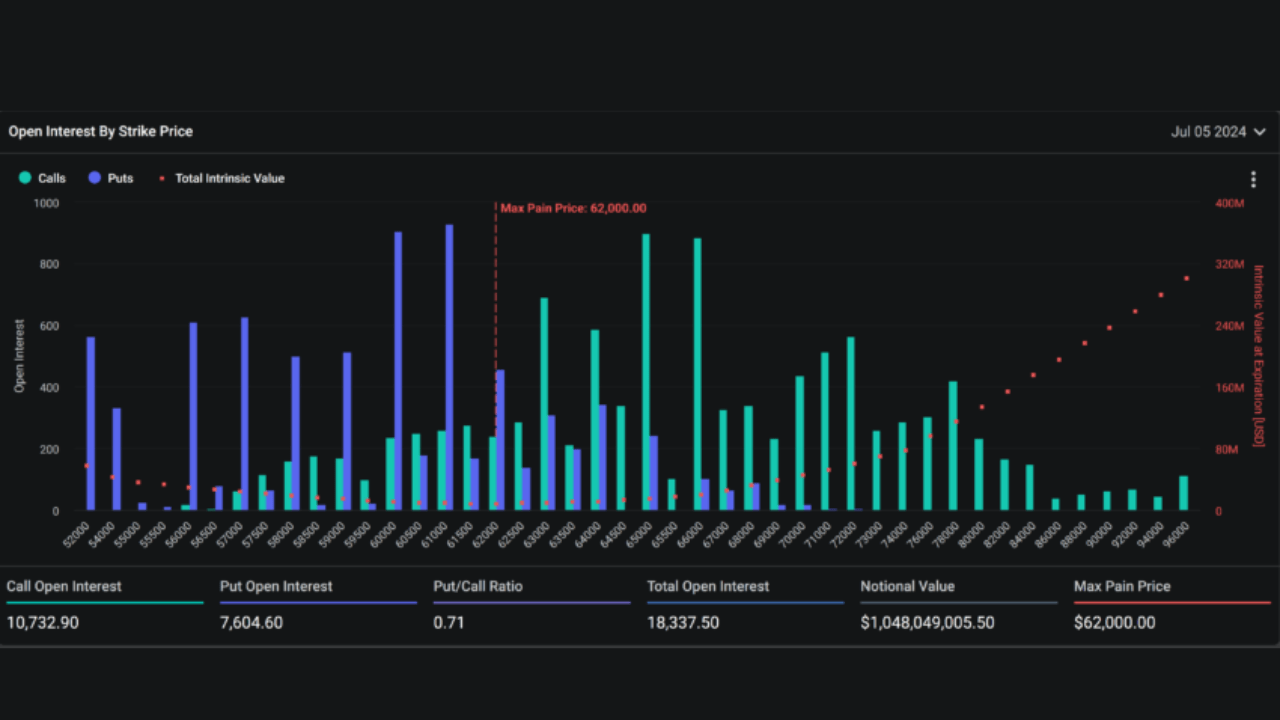
2021 was a monumental year for digital currencies when total crypto market capitalization jumped from $965 billion to as high as $2.6 trillion. Contributing to this vigorous growth was a surging number of crypto traders amid rising public interest and the introduction of unique services built upon blockchain and crypto.
The cryptocurrency market has also started making its way towards the mainstream due to its worldwide acceptance. For instance, a large number of popular platforms, including Microsoft and PayPal, have adopted Bitcoin as a payment method. In addition, various countries have become more active than ever in regulating and streamlining the digital currency realm.
Now the question is: what is next after cryptocurrency boom? In this regard, we are already witnessing the evolving technologies related to crypto and blockchain, such as metaverse, NFTs, and DeFi. Looking ahead, these blockchain innovations can further transform the digital landscape and become the “new normal” thanks to their new and advanced functionalities.
Table of Contents
ToggleThe era of metaverse and NFTs
Metaverse holds the potential to become a leading player in the future technological world. It is an immersive digital 3D space with augmented and virtual reality elements where people interact with each other via holograms or avatars. Metaverse combines the physical and virtual realities into an interconnected, captivative, and shared digital realm.
According to a Grand View Research report, the global metaverse market size can reach up to $678 billion by 2030, with a CAGR of around 40% over the determined period. This exponential growth would most likely materialize due to an increased metaverse demand from entertainment and media, education, business, and defense industries. Note that the creation of this digital universe involves an array of essential technologies and fundamental infrastructures, such as VR or AR headsets and glasses, 3D visualization, spatial computing designs, and blockchain-based decentralization. With that said, an overall and synchronized growth of all these technologies will be critical in the advancement and development of metaverse in the upcoming years.
Talking about now, the metaverse buzz is in full swing, and the immersive technology is on the radar of various large corporations, including Apple, Microsoft, Zoom, Shopify, and Amazon. NFTs, the one-of-a-kind digital collectibles, are also an integral component of this new version of the internet. While the metaverse is a virtual ecosystem, NFTs are the goods and products that liven up this 3D ecosystem, facilitating the interactions within its ambit.
Last year, the metaverse fever gained remarkable momentum after the “rebranding” of one of the largest social media platforms, Facebook, to “Meta.” Similarly, the interest in NFTs also skyrocketed with some of the heftiest NFT sales last year, as well as the introduction of globally acclaimed NFT-powered games like Decentraland (2020) and Axie Infinity (2022). Since then, several other companies have joined the bandwagon to take advantage of this next-generation virtual world.
To name some examples, in November 2021, Nike, Inc. collaborated with Roblox Corporation to create a virtual “Nikeland” where users could dynamically experience the brand apparel and products. In July 2021, Epic Games Inc. acquired Sketchfab, a virtual shared space where participants can view, share, and purchase 3D models. Moreover, in January 2022, Sandbox launched the first music-themed world in its Sandbox metaverse.
Following are some of the potential use cases of metaverse and NFTs that can disrupt the future:
Optimized business connectivity – virtual workspaces
Metaverse will transform multiple business industries with advanced innovations, like avatar-based communication in real-time and virtual tours. We can witness monumental effects of metaverse applications in the manufacturing, real estate, and work from home sectors.
Metaverse education
Metaverse will open a whole new world to the online education domain. With metaverse technology, students would be able to attend classes and interact with teachers and classmates similar to the real world. Moreover, the metaverse can take education to the next level by enacting an immersive learning experience with graphical representations to deliver educational concepts in a better way.
Virtual shopping and sales
Metaverse holds the capability to revolutionize the marketing and sales arena. Brands can design virtual stores and advertise their products in the metaverse, approaching worldwide users (avatars). In the 3D space, users would experience and check the displayed items or services via augmented reality components.
Advanced social media interactions
Different from the current 2-D social media platforms, metaverse will create a virtual and augmented reality 3D social world where people will communicate and engage with each other.
A future with Decentralized Finance
Another big thing on the horizon is blockchain-based “decentralized finance,” which removes the need for intermediary parties in financial transactions due to the implementation of smart contracts. DeFi speeds up the financial procedures, maintains the anonymity of users, and grants the people more control over their funds.
DeFi has already grown into a billion-dollar industry. It is expected to reach above $500 billion at a CAGR of 43% in 2028, according to a report by Emergen Research. Here are some potential applications of decentralized finance that can gain further popularity in the coming period:
Decentralized Exchanges: DEXs maintain a peer-to-peer network for financial transactions with no involvement of middle authorities.
Lending and borrowing: Smart contract programming and DeFi allow people to efficiently engage in borrowing and lending in an automated and decentralized environment.
DAOs: The concept of decentralized autonomous organizations can be extended into traditional/standard businesses where stakeholders will be able to make strategic decisions and hold operational rights.
Blockchain technology will dominate
Initially popularized due to cryptocurrencies, blockchain technology now enjoys massive adoption and recognition from major industries, ranging from entertainment to finance. Although practically, many sectors are still lagging behind in assimilating this distributed ledger technology, blockchain solutions will most probably shine over the course of the next few years.
For once, DLT can revolutionize the banking and payment systems, trade financing, and insurance businesses. Moreover, it excels in supply chain management and tracking, which could be beneficial for healthcare, the food industry, and other equipment dealing business sectors. Further, this technology can support the government authorities by optimizing identity and record management. Education, cybersecurity, and IoT are some other departments that can be revamped and modified with the help of distributed ledger networks.
Closing thoughts
We have only touched the tip of the iceberg regarding what is next after cryptocurrency. Blockchain-based technologies, DeFi, metaverse, and NFTs, are already making way to the mainstream, setting the foundation of a new world. In the upcoming years, we can see further extensions of Web 3.0 amid unimaginable technological developments where digital currencies would be considered very natural, a thing of the past.
Read more:
http://thetradingbay.com/5-best-ways-to-survive-in-crypto-bear-market/
http://thetradingbay.com/best-eco-friendly-cryptocurrencies/












